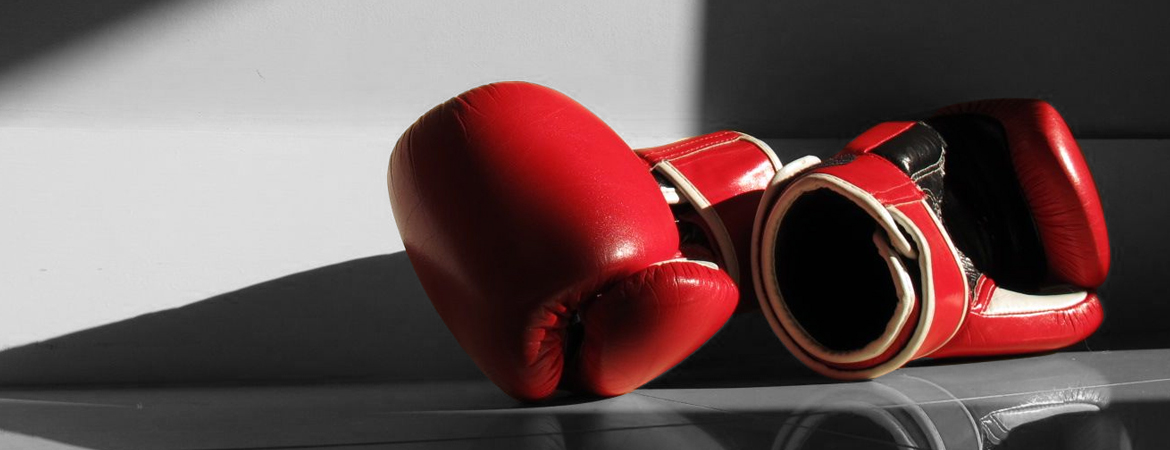I am often asked whether Krav Maga can be called a martial art or even a combat sport. Good questions because, by responding, we can get to the heart of what makes Krav Maga the unique and highly efficient self-defence and combat system that it is.
Let’s begin with the question of whether or not Krav Maga is a martial art. The answer is both “yes” and “no” because it depends on your definition of a “martial art”. If you consider martial arts to be centuries old fighting styles, often Eastern in origin and practiced today as a systematised sport, for example Aikido, Taekwondo, Jiujitsu and Karate then Krav Maga is not strictly a martial art.
On the other hand, if you take a wider view of martial arts as any system of self-defence and combat and include the more modern forms such as MMA, then perhaps the combat system known as Krav Maga can be called a martial art, particularly at the higher grades. However, there are some important distinctions.
In Krav Maga we have no combat rules whatsoever. All parts of the opponent’s body are a fair target and can be struck with various parts of your own body and with any improvised weapon from the immediate environment.
We also don’t have tournaments or real competitive fights; any such Krav Maga fights would result in the serious injury of one of the combatants. So in this sense Krav Maga is not an art and is most certainly not a sport. It is a highly effective self-defence and contact combat system designed to neutralise a threat against un/armed opponent/s in the shortest time possible.
So you may be thinking now, if there are no rules and if I can improvise with my own body and any environmental weapons, in what way can Krav Maga be called a fighting system? Krav Maga was created my Imi Lichtenfeld for the Israeli Defence Forces in the late 1940’s and 1950’s. It is designed to be an extension of natural, intuitive body movement and it is designed to neutralise a threat in the simplest, fastest and most efficient way in any given situation.
Krav Maga is designed around four core principles: simplicity, efficiency, directness and control. These four governing principles drive all Krav Maga teaching and practice and define Krav Maga as the unique, evolving and clearly identifiable self-defence and contact combat system that it is. We do not learn hundreds of katas or forms like other traditonal martial arts. For example, the ATA Taekwondo syllabus consists of 391 forms to Black Belt 1st degree!
In Krav Maga we learn a handful of principles that are taught and applied over and over again in a multitude of strikes, defences and situations. This is also why Krav Maga proficiency can be achieved in a relatively short space of training time.
So, for example, a Kravist will typically use the limb closest to their opponent to strike, will never prepare (or “telegraph”) a strike, will always strike using the shortest and most direct trajectory to the target, will target vulnerable parts of the opponent’s body (eyes, throat, solar plexus, groin etc.), will press forward and close down the space to his/her opponent quickly and forcibly and will continue striking in a flowing sequence until the threat is contained. In our next blog we’ll talk in detail about the four core principles of Krav Maga and how they are applied at all levels of training and competency.
For now, happy training everyone.
VKK

